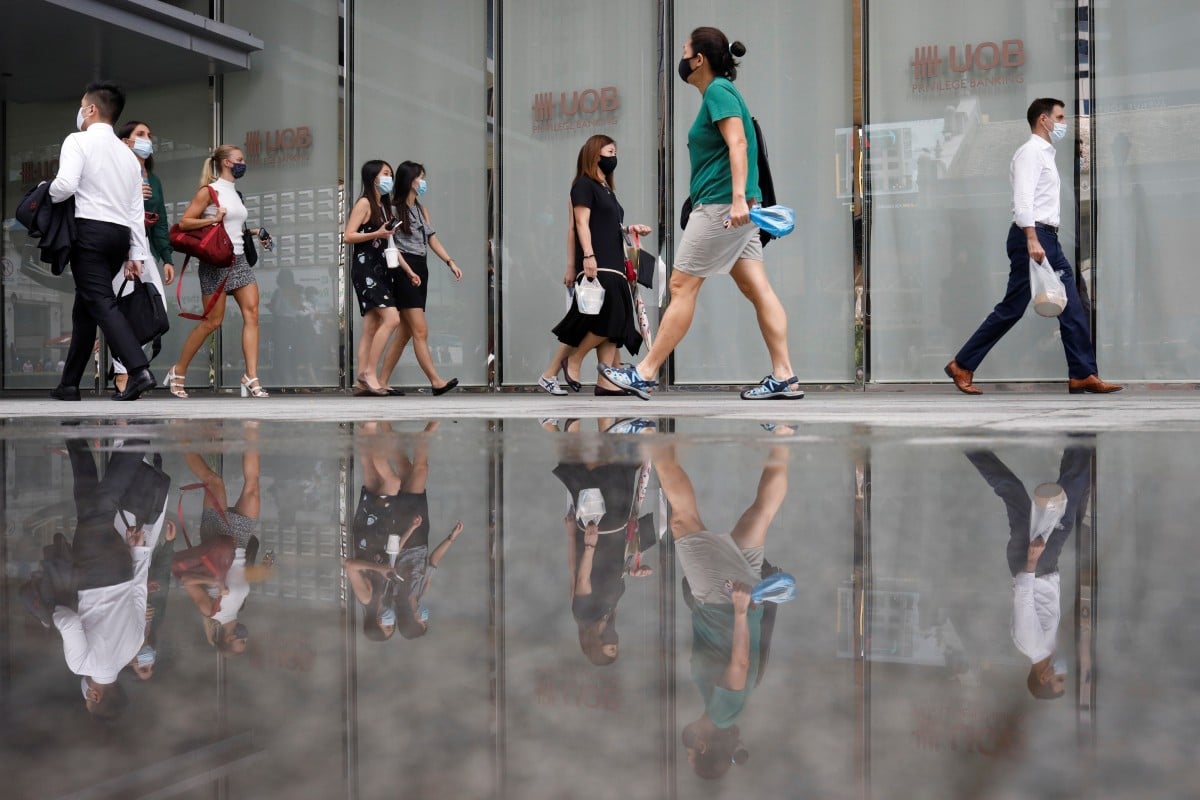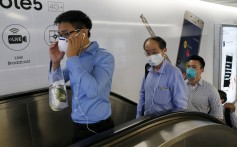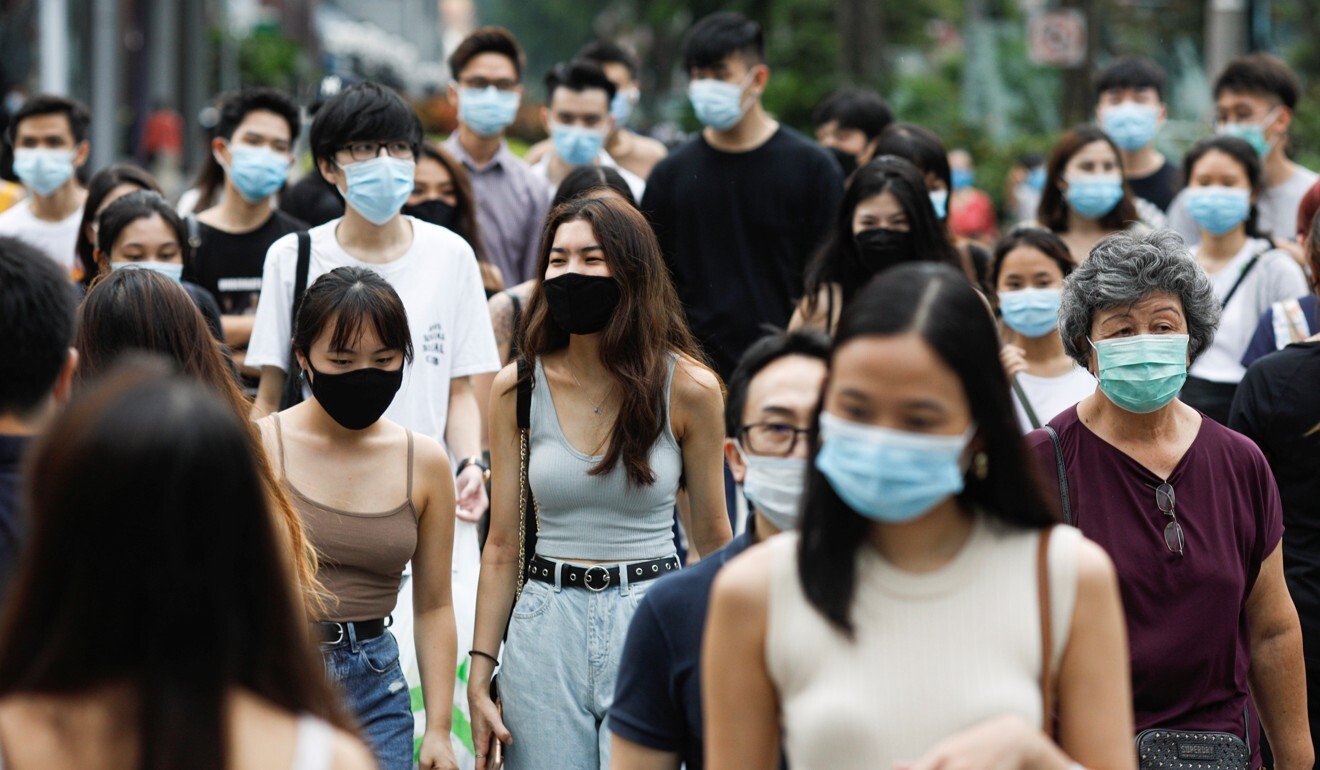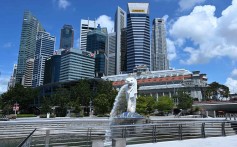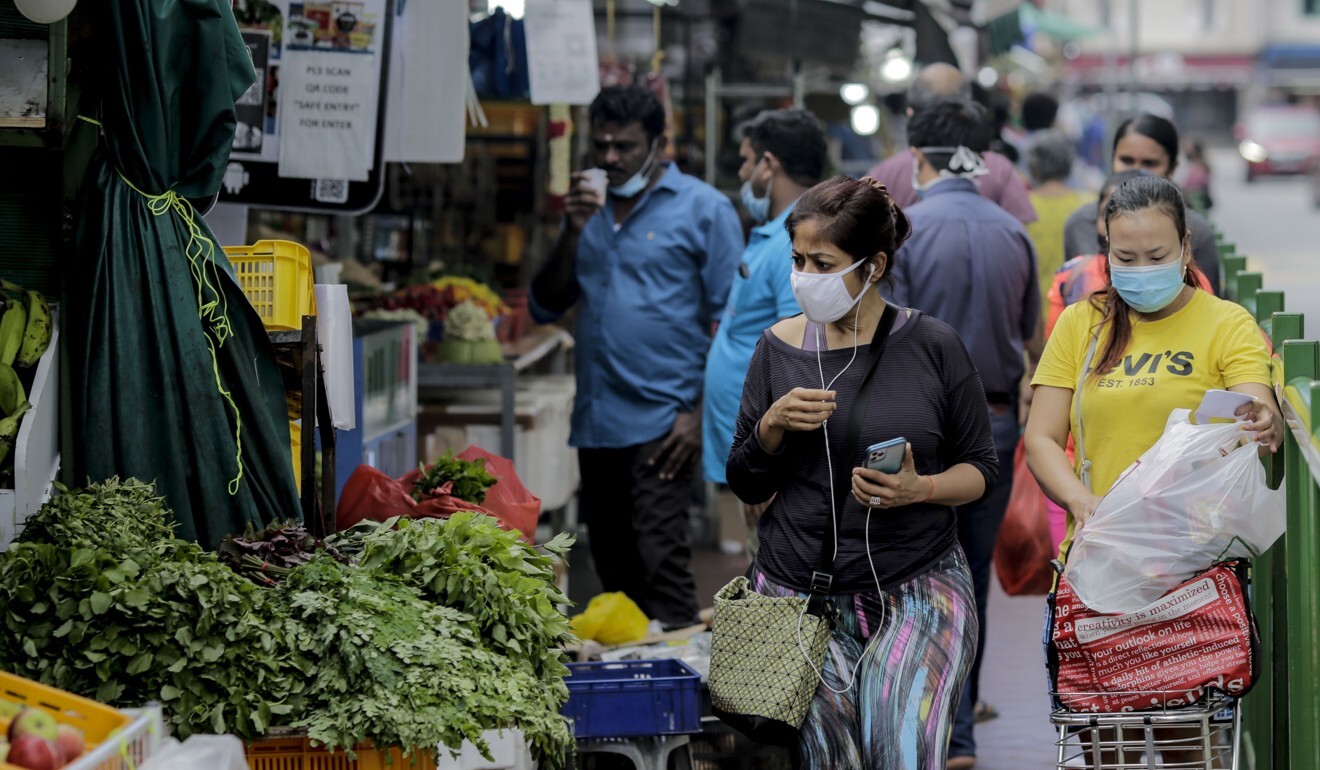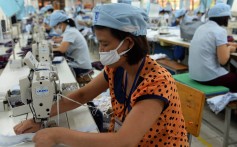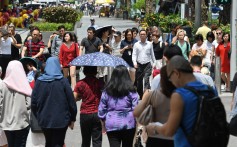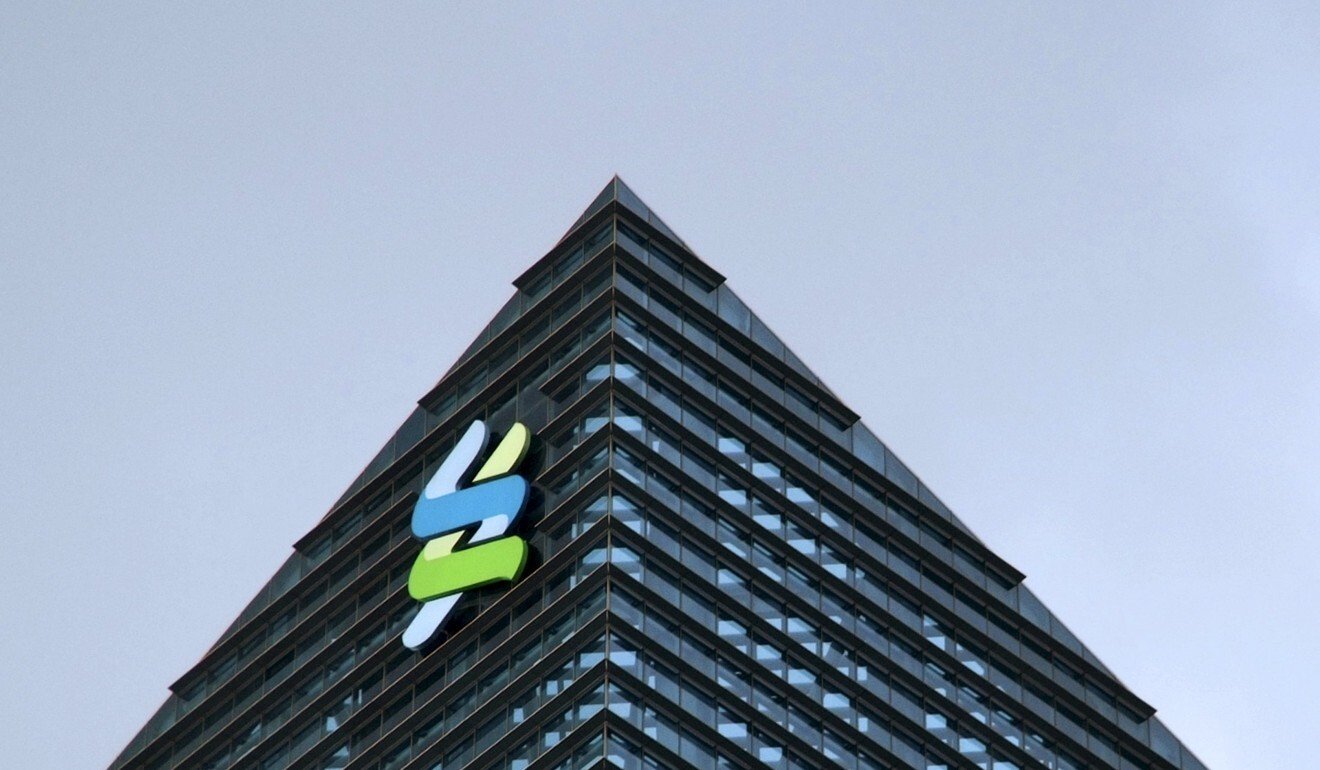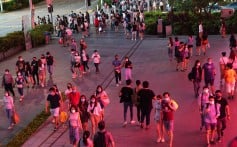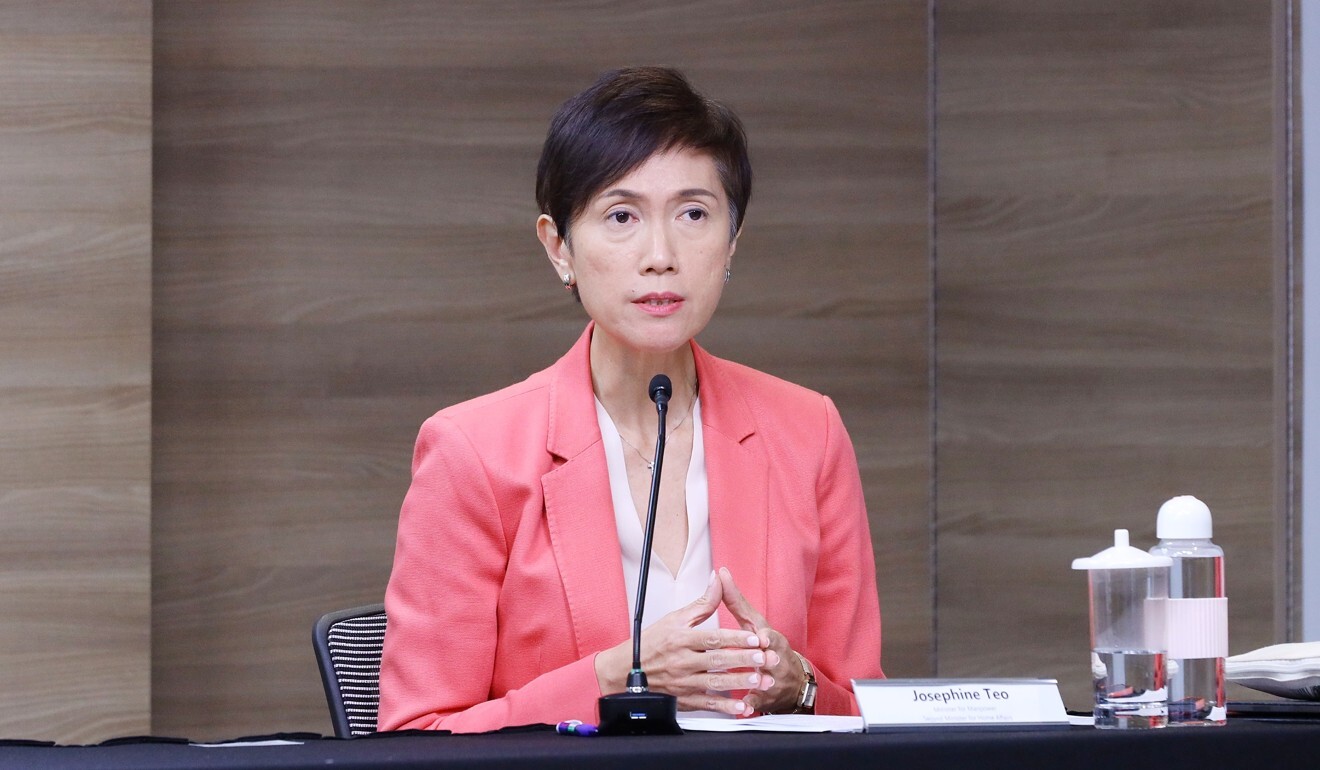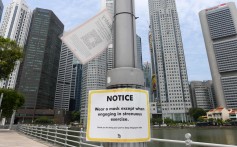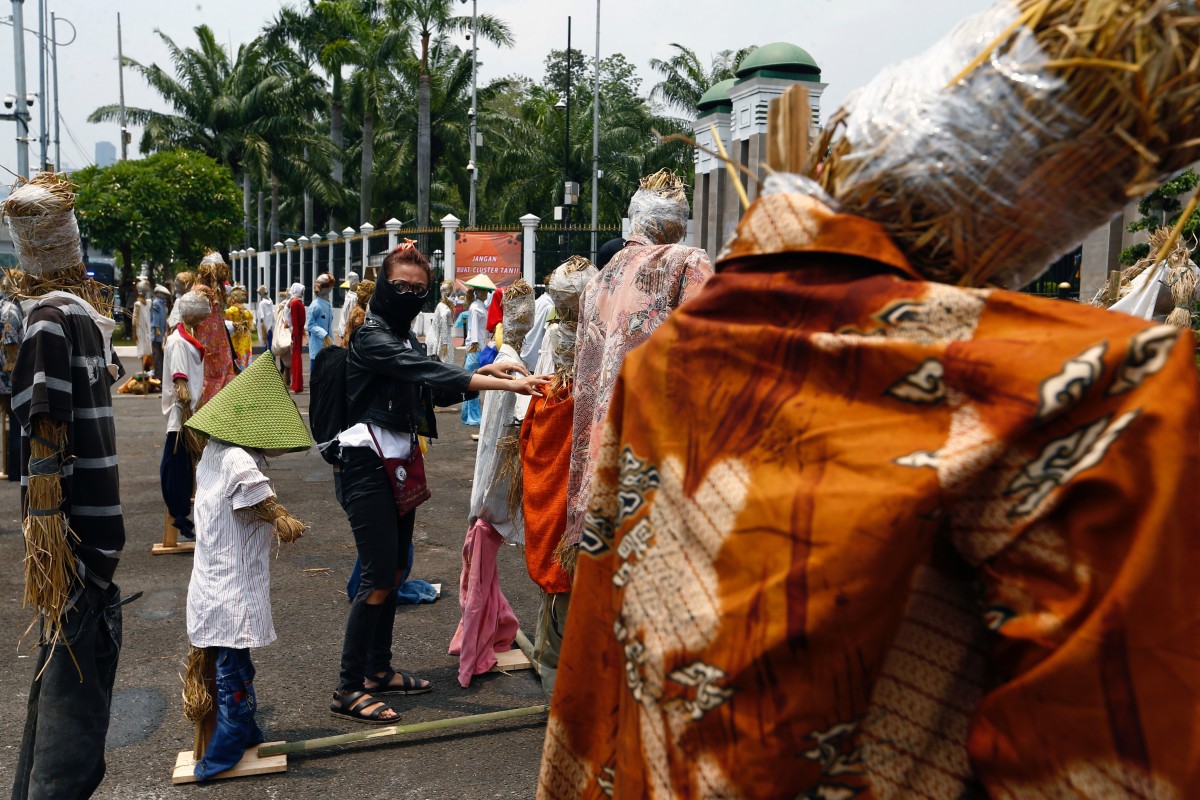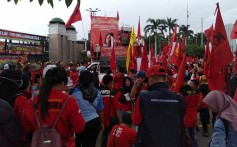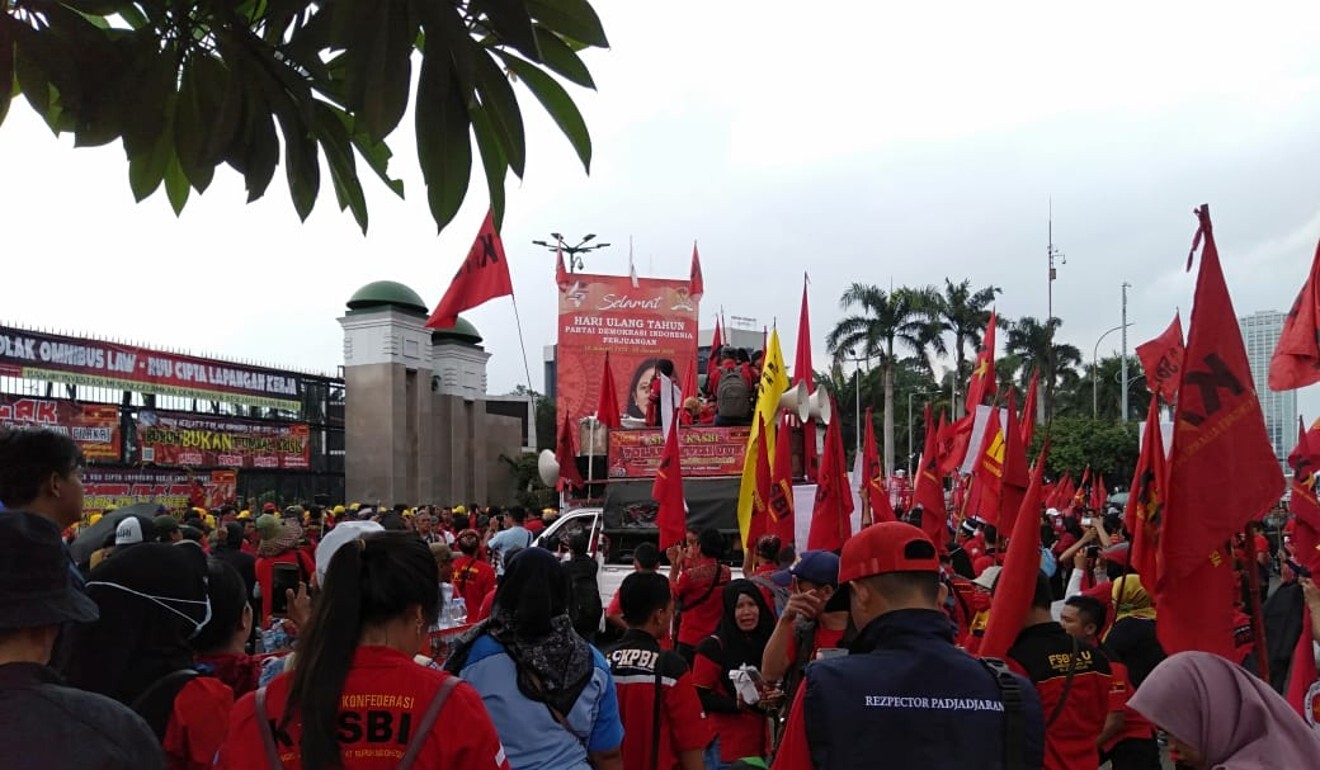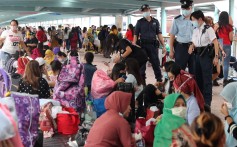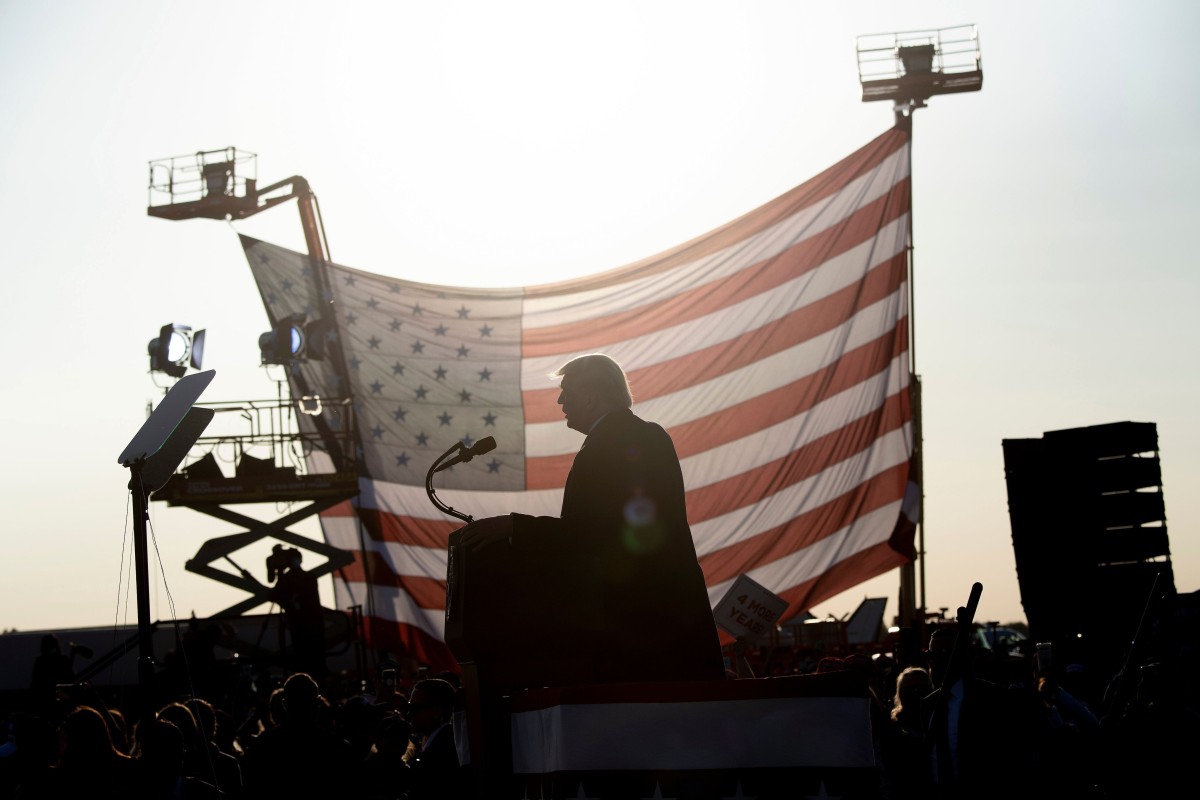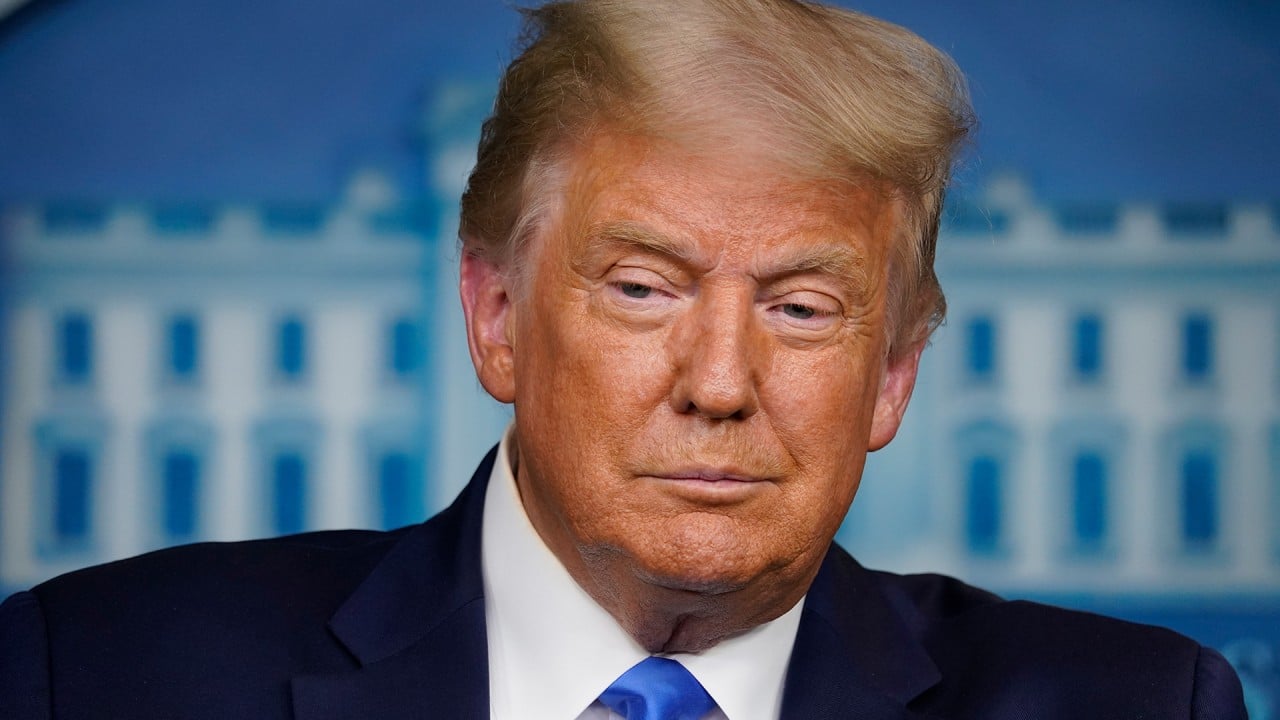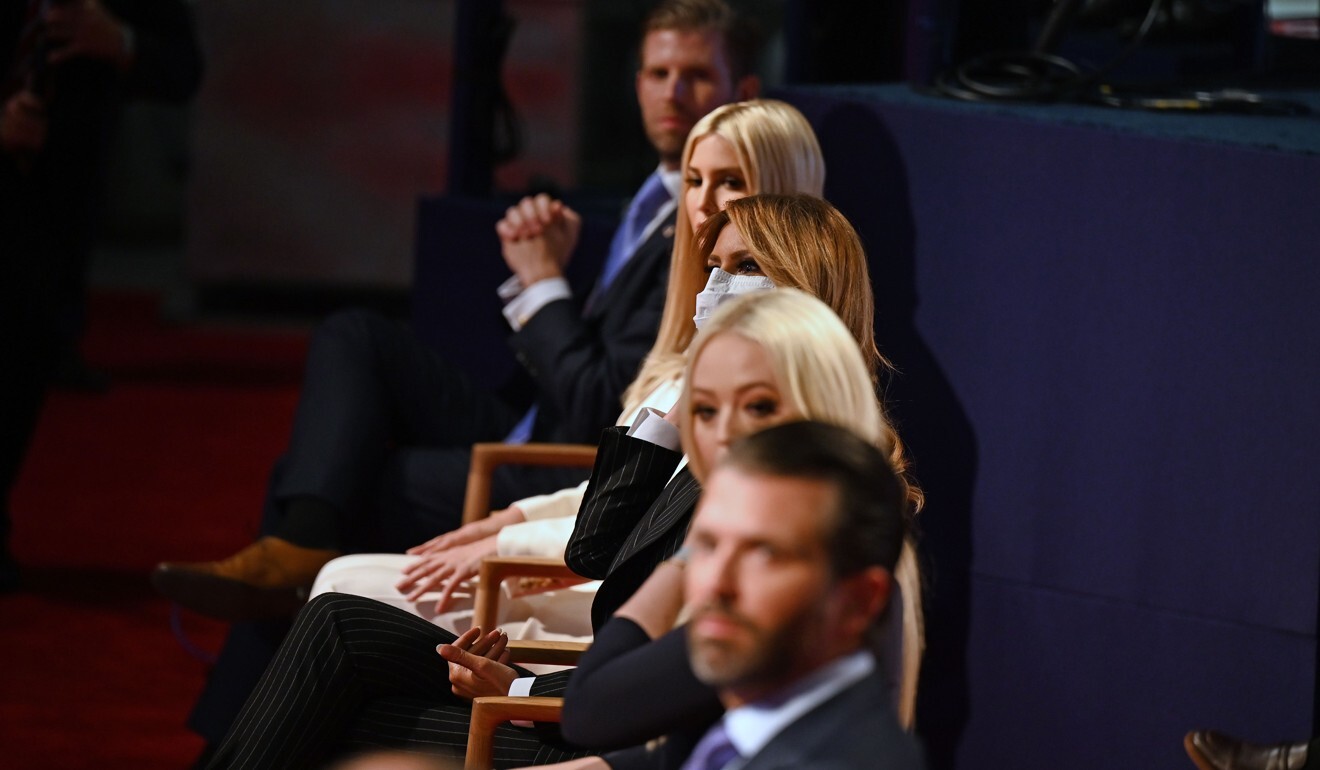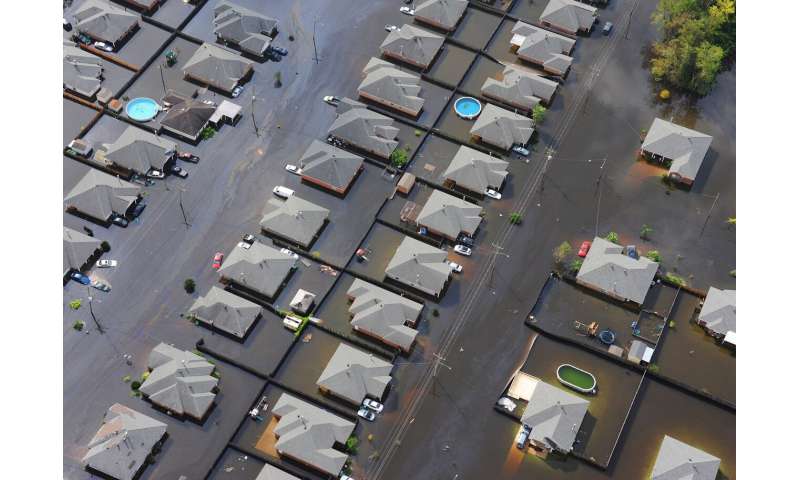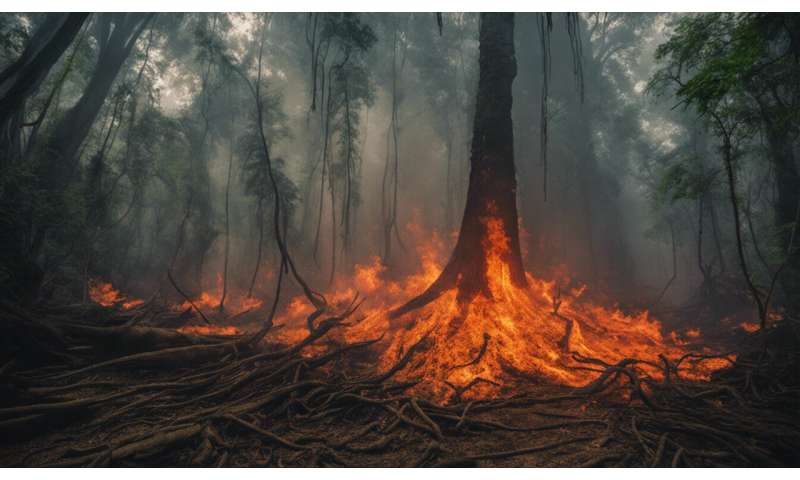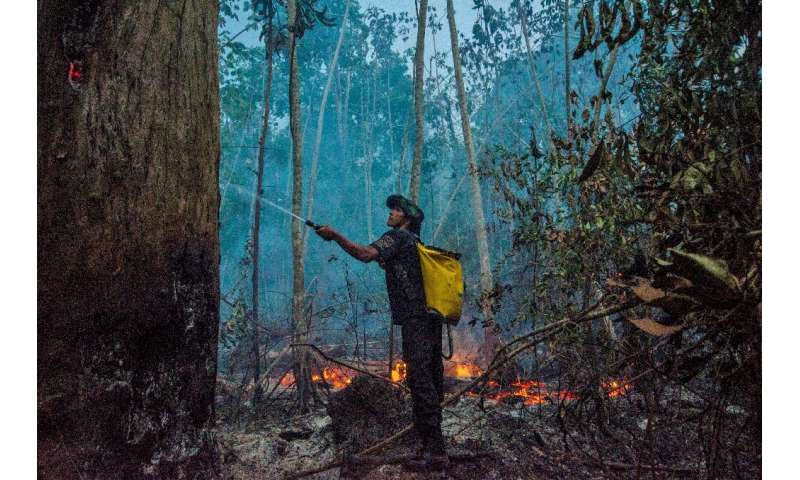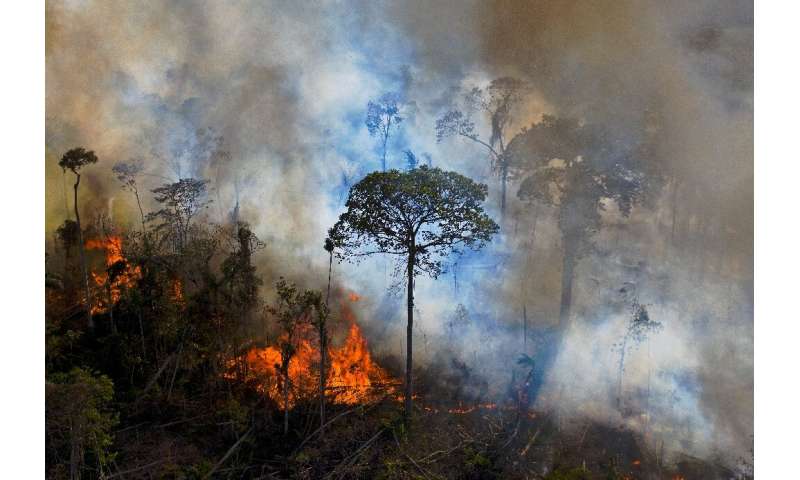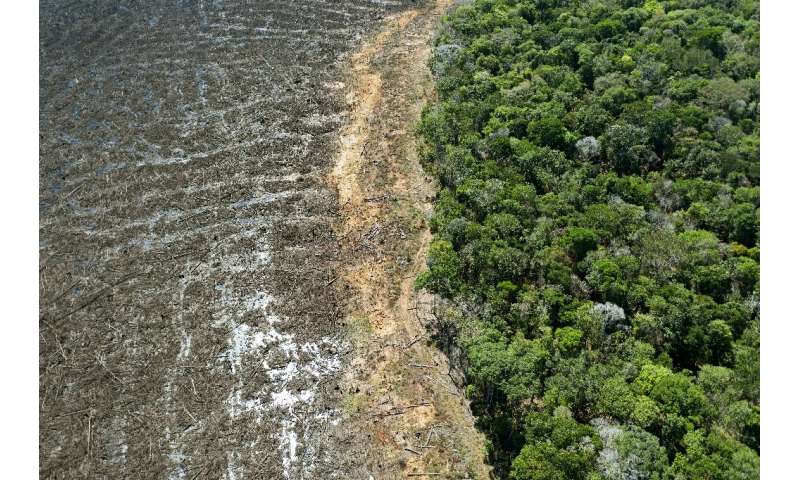Vietnamese-Americans are more likely than other Asian voters to pick Trump, a new survey has found
Trump is also popular in Vietnam, where social media fan pages dedicated to him boast tens of thousands of followers
EVEN AS TRUMP ENDS TEMPORARY VISAS FOR BOAT PEOPLE FROM THE EIGHTIES
Sen Nguyen Published: 3 Oct, 2020
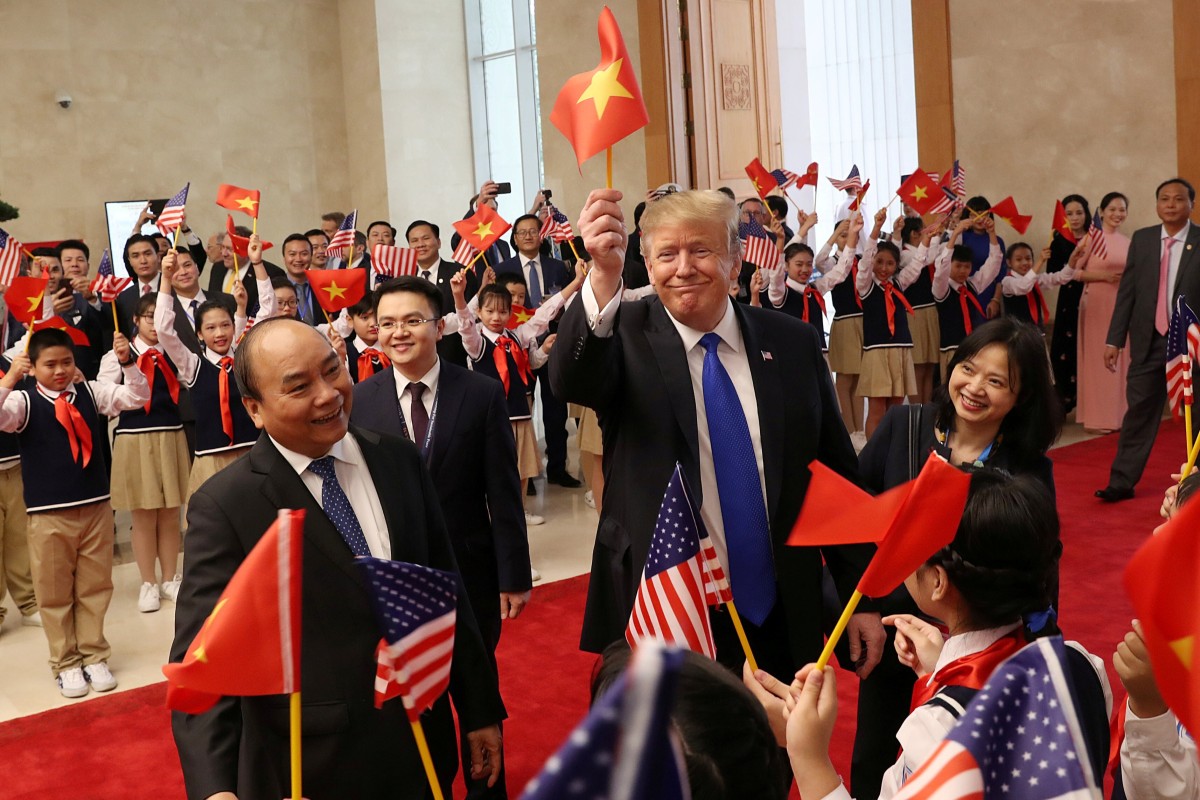
US President Donald Trump during his February 2019 visit to Hanoi, Vietnam. Photo: Reuters
President Donald TRUMP may have stirred up culture wars that target a range of minority groups in the United States, but Vietnamese-Americans are more likely than other Asian-Americans to vote for him in the November election.
A survey – the results of which were released last month – of nearly 1,600 Asian-Americans by the advocacy groups APIAVote, AAPI Data and Asian Americans Advancing Justice, found that 48 per cent of Vietnamese-Americans favoured Trump, versus 36 per cent who supported Democratic presidential nominee Joe Biden.
Other Asian-American voters – including those of Chinese, Indian, Korean, Japanese and Filipino descent – preferred Biden to Trump by a margin of 54 per cent to 30 per cent.
Nothing personal: a lesson for Trump in Vietnamese politics
29 Jun 2017

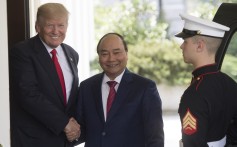
The results echo those of a similar poll in 2018 by APIAVote and AAPI Data in which Vietnamese-Americans were the only Asian-American group with a majority who approved of Trump’s job performance, at 64 per cent.
Pham Do Chi, one of the founding members of the US-based advocacy group Vietnamese Americans for Trump as President Again, or TAPA, whose members include refugees and veterans of the former South Vietnam military, told This Week in Asia there were clear reasons he preferred Trump.
“Asian-American lives have improved significantly under the Trump presidency, with a very strong economy and nearly full employment before the pandemic,” he said.
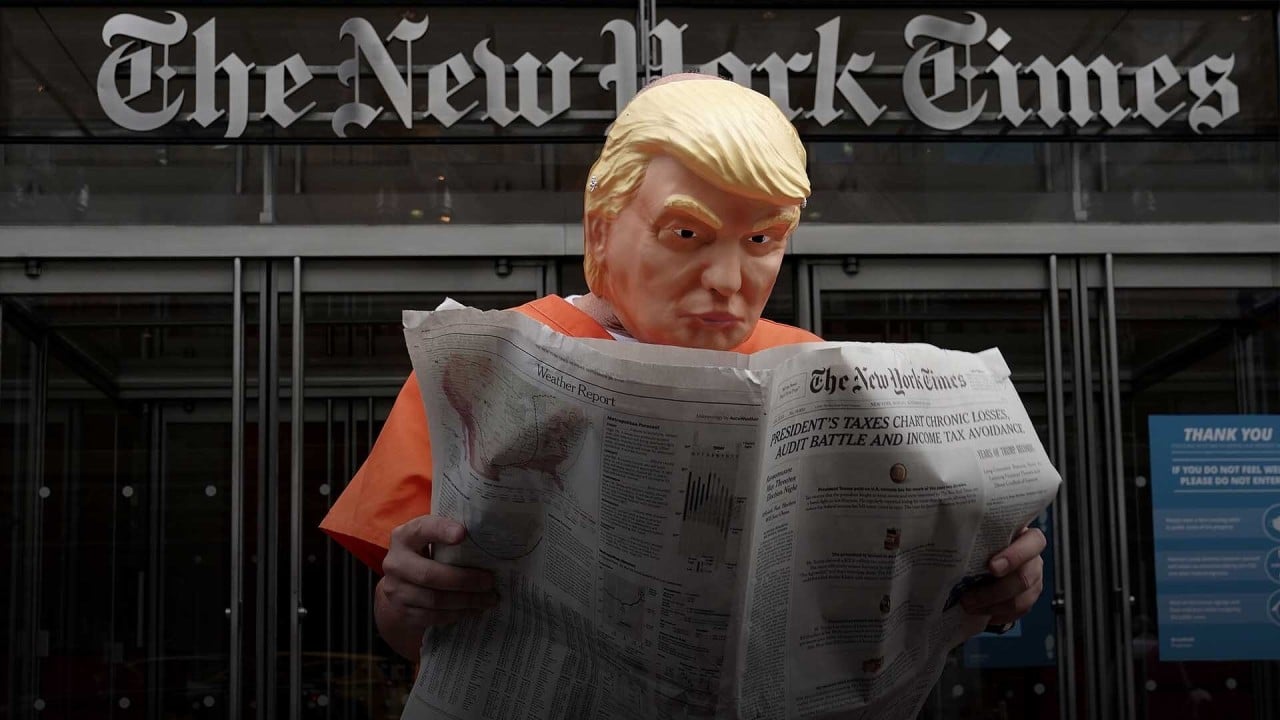
Bombshell New York Times report claims Trump hasn’t paid income tax for ‘10 of the past 15 years’ HE ONLY PAID $750 IN 2017 & 2018
Chi, 71, who has a doctorate in economics and was a former economist at the International Monetary Fund, said he thought Trump had the ability to lift the country out of its current recession, and also liked his tough stance on “illegal immigration” and China.
In comparison, Chi said he thought a Biden administration would increase taxes, “notably on the corporate sector, [which] will prolong this recession much further into 2021 and beyond”.
In a letter addressed to Trump in July, TAPA expressed its “100 per cent support” for the current president and his “Make America Great Again” campaign. The letter also spelled out the group’s gratitude to the US for welcoming Vietnamese refugees, and outlined its deep objections towards communism and Marxism “because it impoverished our country and killed our innocent people”.
TikTok deal ‘likely to slip past US election’ as Trump battles Covid-19
3 Oct 2020

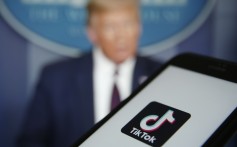
Thinh Nguyen, a 62-year-old who came to the United States as a refugee before becoming a citizen, and who now runs a tech company in Ho Chi Minh City, said the Vietnamese penchant for leaning Republican – and hence, for supporting Trump – sprang from many Vietnamese-Americans’ belief that “South Vietnam was lost because of the Democrats”. He said in their minds, it was the Democrats and anti-war leaders in the US during that time who brought down President Richard M. Nixon and forced the Americans out of the war, ultimately leading to the fall of Saigon.
Thinh showed off a button reading, “Vietnamese for Reagan-Bush 84” that he keeps in his home to commemorate how he used to rally support among other Vietnamese-Americans for the two Republicans when they ran for office.
Trump’s coronavirus diagnosis ‘means tougher US line on China’
3 Oct 2020

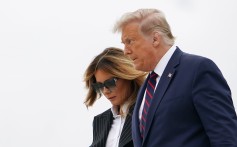
Thinh said he respected Vietnamese-Americans’ choice to be Republicans, even though he now calls himself a former member of the party after he gradually moved to the left of the political spectrum when he left New Orleans and moved to California in the 1980s.
“You have to be able to see when something is wrong morally and politically,” he said. “If you choose Trump, you are willing to accept corruption and destroy democracy and human rights, something that we have been building for a long time in the US.”
Janelle Wong, a senior researcher for AAPI Data and a core faculty member of the University of Maryland’s Asian-American Studies Programme, said Vietnamese-Americans had an affinity for the Republican Party because it had traditionally been associated with strong anti-communist positions.
“I don‘t believe that Vietnamese are particularly enamoured of Trump, rather a large proportion will vote for the Republican candidate as a result of partisan loyalties, regardless of who that candidate might be,” she said via email.
Wong said that while Vietnamese-Americans might lean Republican overall, they aligned with Democrats when it came to certain policies, as they were generally strong supporters of climate change policies, universal health care and other social safety net programmes.
GENERATION GAP
Among Vietnamese-Americans, like many different groups in the US, younger generations differ substantially from their seniors in views on key social and political issues.
Late last month, Houston-based Apple Broadcasting Television 55.4 channel posted a video on its Facebook page featuring middle-aged looking women and men singing mostly in Vietnamese and some English about their support for Trump.
The first line of their song was “Let us remember in November to vote for President Trump, the person deserving of our vote”. The post garnered thousands of likes and shares.
Lien-Hang T. Nguyen, a professor and historian at Columbia University who specialises in the Vietnam war and US-Southeast Asian relations, said there was “no monolithic Vietnamese-American vote”, as their motivation depended on many factors, including age, socioeconomic status, gender and educational background.
“Without looking at polls and census data, my guess is that the younger generation of Vietnamese-Americans are to the left of the political spectrum [compared with] their parents and grandparents.”
How Vietnamese in the US and beyond fuel dreams with remittances
27 Jul 2019

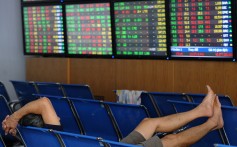
“Arguably, the vote will be symbolic at best, because California is solidly in favour of Mr Biden, even if the Vietnamese refugee community is not,” he said.
Explainer: What happens if Trump becomes incapacitated
3 Oct 2020

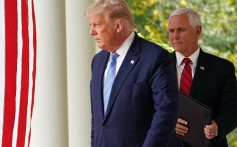
Colette Brannan, a law student at Yale University who has a Vietnamese-American mother and a white American father, said she chose not to discuss politics with her extended family – some of whom are Trump supporters – to avoid conflicts.
The 24-year-old said she was disheartened to see many older Vietnamese-Americans support Trump, but she was inspired by activist artists at the Diasporic Vietnamese Artists Network and by Viet Thanh Nguyen, a Pulitzer Prize-winning author who has publicly criticised Trump and Vietnamese-Americans who support him.
“
Trump‘s election in 2016 was actually one of the main reasons I decided to become more politically involved and to go to law school,” she said. “And it made me realise I should try and use my own abilities to make the world a better place, because if we do not do it, no one will.” ■

Sen Nguyen is a journalist based in Vietnam specialising in development, human rights, and the environment. Her broadcast commentary has appeared on ITV News podcast and Al Jazeera's The Stream.
Sen Nguyen Published: 3 Oct, 2020

US President Donald Trump during his February 2019 visit to Hanoi, Vietnam. Photo: Reuters
President Donald TRUMP may have stirred up culture wars that target a range of minority groups in the United States, but Vietnamese-Americans are more likely than other Asian-Americans to vote for him in the November election.
A survey – the results of which were released last month – of nearly 1,600 Asian-Americans by the advocacy groups APIAVote, AAPI Data and Asian Americans Advancing Justice, found that 48 per cent of Vietnamese-Americans favoured Trump, versus 36 per cent who supported Democratic presidential nominee Joe Biden.
Other Asian-American voters – including those of Chinese, Indian, Korean, Japanese and Filipino descent – preferred Biden to Trump by a margin of 54 per cent to 30 per cent.
Nothing personal: a lesson for Trump in Vietnamese politics
29 Jun 2017

The results echo those of a similar poll in 2018 by APIAVote and AAPI Data in which Vietnamese-Americans were the only Asian-American group with a majority who approved of Trump’s job performance, at 64 per cent.
Pham Do Chi, one of the founding members of the US-based advocacy group Vietnamese Americans for Trump as President Again, or TAPA, whose members include refugees and veterans of the former South Vietnam military, told This Week in Asia there were clear reasons he preferred Trump.
“Asian-American lives have improved significantly under the Trump presidency, with a very strong economy and nearly full employment before the pandemic,” he said.

Bombshell New York Times report claims Trump hasn’t paid income tax for ‘10 of the past 15 years’ HE ONLY PAID $750 IN 2017 & 2018
Chi, 71, who has a doctorate in economics and was a former economist at the International Monetary Fund, said he thought Trump had the ability to lift the country out of its current recession, and also liked his tough stance on “illegal immigration” and China.
In comparison, Chi said he thought a Biden administration would increase taxes, “notably on the corporate sector, [which] will prolong this recession much further into 2021 and beyond”.
In a letter addressed to Trump in July, TAPA expressed its “100 per cent support” for the current president and his “Make America Great Again” campaign. The letter also spelled out the group’s gratitude to the US for welcoming Vietnamese refugees, and outlined its deep objections towards communism and Marxism “because it impoverished our country and killed our innocent people”.
TikTok deal ‘likely to slip past US election’ as Trump battles Covid-19
3 Oct 2020

The historical relationship between Vietnam and the US is primarily characterised by the legacy of the Vietnam war, which ended in 1975. That year also marked the beginning of a mass emigration of over 2 million Vietnamese, Cambodian and Laotian refugees from their home countries. More than 880,000 of the 1.6 million Vietnamese who fled were resettled in the US.
VIRAL IN VIETNAM
VIRAL IN VIETNAM
In Vietnam, where online fan pages supporting domestic politicians are not common or viral, Trump fan pages boast tens of thousands of followers on Facebook – the most popular social media network in the Southeast Asian country, with over 60 million users.
While it is not clear where the page administrators are based, the phone numbers shown in the “About” section of some pages are all local numbers, and the language used in the posts is Vietnamese, although videos posted on the pages are sometimes in English.
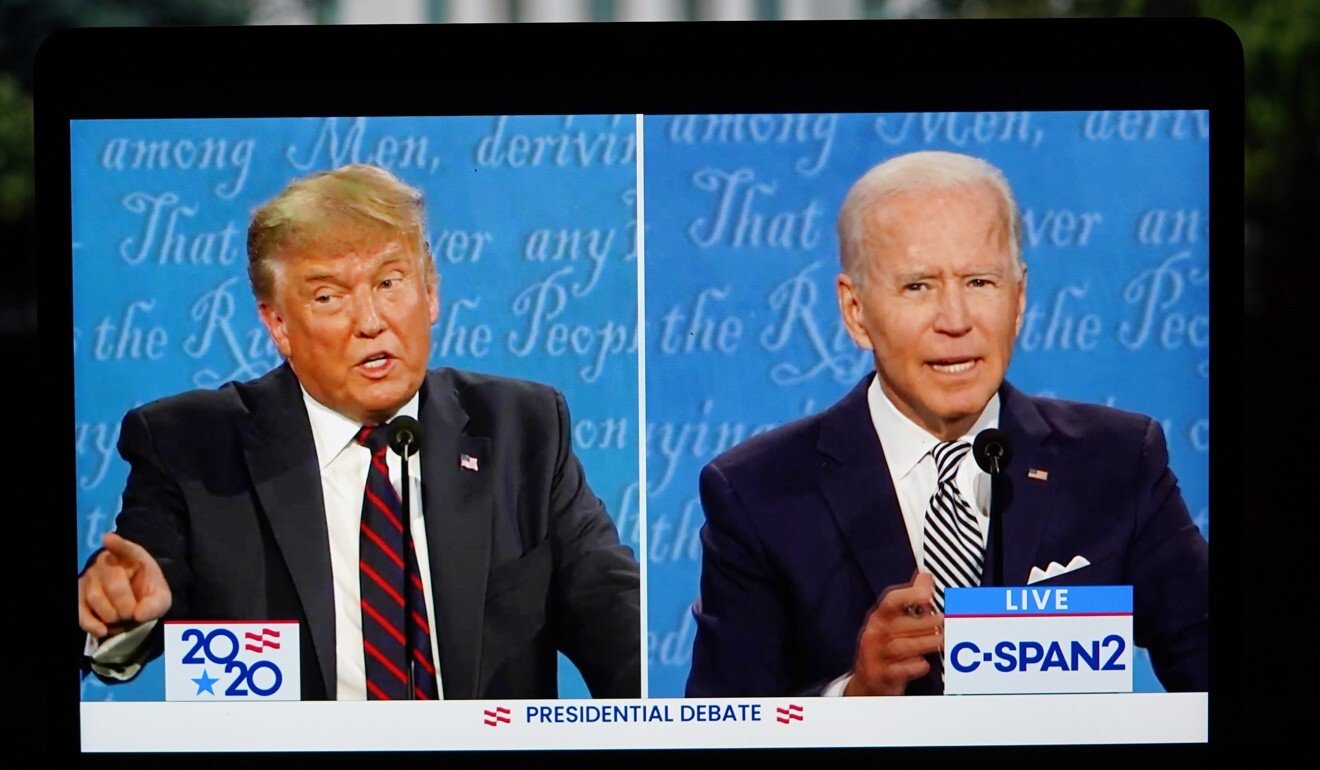
Trump and Biden face off in their first presidential debate on September 30. Photo: Xinhua
On one page with more than 86,000 likes and nearly 290,000 followers, the moderators post various multimedia content, including Trump-focused activities such as his raucous rallies and latest policy moves, as well as strident criticisms of Biden.
A post that has garnered thousands of likes shows an image of Trump and first lady Melania Trump, with the caption: “He has lost friends, but he still has millions of Americans and citizens around the world supporting and staying by his side.”
Trump fandom is also present offline. Luong Minh Trung, 52, stands out at a traditional market in Ho Chi Minh City frequented by those of Khmer origin who now live in Vietnam. His scooter-parking business was named after Trump – making it easy to find because of its unique name, he said. “I only found out about Trump when he became president. He works hard and he cares about his citizens,” Trung said about why he supported Trump, adding that he followed news about the US president via online media.
Trump’s Covid-19 diagnosis ‘worst nightmare’ for campaign: strategist
3 Oct 2020

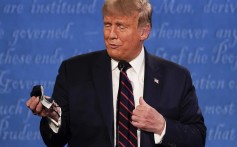
Many of his countrymen seem to feel the same way, going by a 2017 study conducted by the Pew Research Center, where respondents from most of the 37 countries included in the poll said Trump was not well qualified to be president – with the exception of Vietnamese respondents.
On Wednesday, after a chaotic first debate between Trump and Biden, a Facebook post by a state television channel on the contest between both men generated more than 1,500 likes and hundreds of comments. One Vietnamese netizen with the username Cuong Van commented: “I hope Mr Trump gets elected to destroy China because China is imperious towards other countries but no president has protested against [China] like Mr Trump [does].”
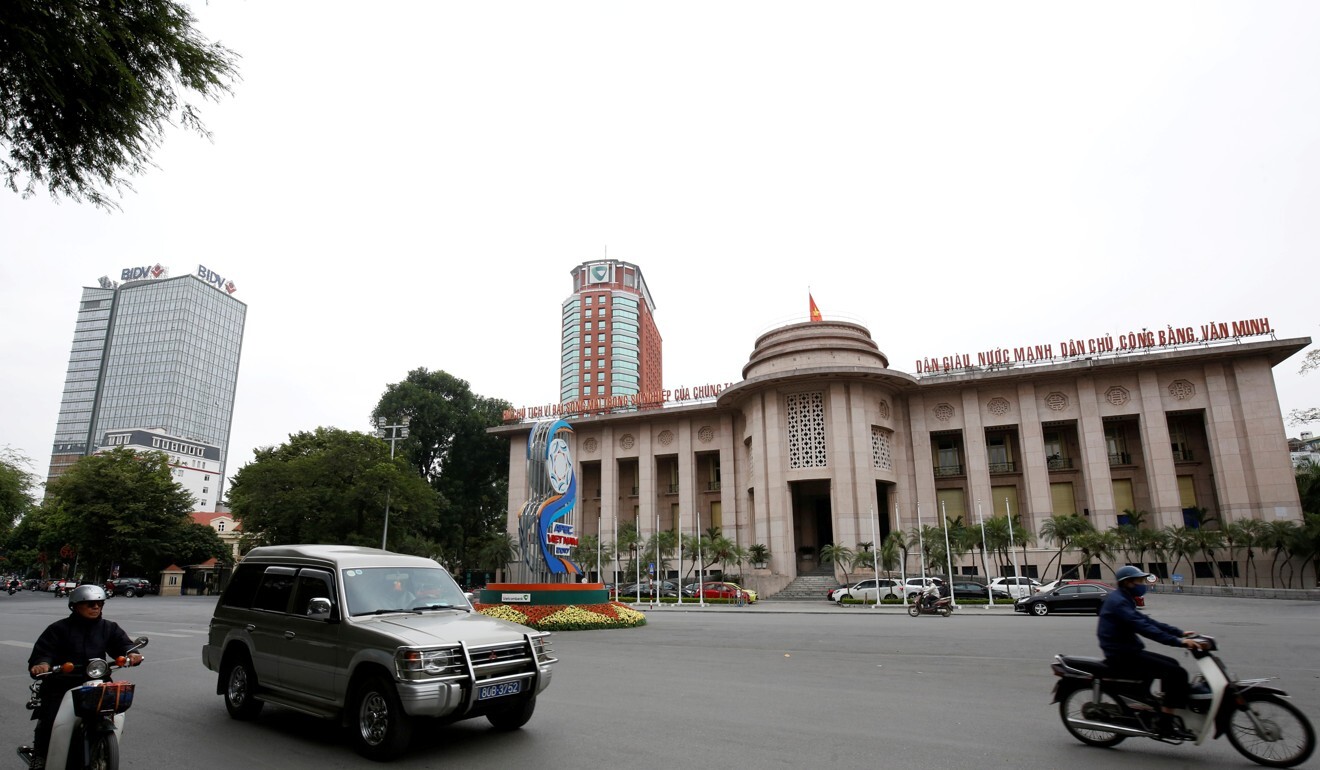
In Vietnam, Trump fan pages on Facebook boast tens of thousands of followers. Photo: Reuters
While it is not clear where the page administrators are based, the phone numbers shown in the “About” section of some pages are all local numbers, and the language used in the posts is Vietnamese, although videos posted on the pages are sometimes in English.

Trump and Biden face off in their first presidential debate on September 30. Photo: Xinhua
On one page with more than 86,000 likes and nearly 290,000 followers, the moderators post various multimedia content, including Trump-focused activities such as his raucous rallies and latest policy moves, as well as strident criticisms of Biden.
A post that has garnered thousands of likes shows an image of Trump and first lady Melania Trump, with the caption: “He has lost friends, but he still has millions of Americans and citizens around the world supporting and staying by his side.”
Trump fandom is also present offline. Luong Minh Trung, 52, stands out at a traditional market in Ho Chi Minh City frequented by those of Khmer origin who now live in Vietnam. His scooter-parking business was named after Trump – making it easy to find because of its unique name, he said. “I only found out about Trump when he became president. He works hard and he cares about his citizens,” Trung said about why he supported Trump, adding that he followed news about the US president via online media.
Trump’s Covid-19 diagnosis ‘worst nightmare’ for campaign: strategist
3 Oct 2020

Many of his countrymen seem to feel the same way, going by a 2017 study conducted by the Pew Research Center, where respondents from most of the 37 countries included in the poll said Trump was not well qualified to be president – with the exception of Vietnamese respondents.
On Wednesday, after a chaotic first debate between Trump and Biden, a Facebook post by a state television channel on the contest between both men generated more than 1,500 likes and hundreds of comments. One Vietnamese netizen with the username Cuong Van commented: “I hope Mr Trump gets elected to destroy China because China is imperious towards other countries but no president has protested against [China] like Mr Trump [does].”

In Vietnam, Trump fan pages on Facebook boast tens of thousands of followers. Photo: Reuters
Thinh Nguyen, a 62-year-old who came to the United States as a refugee before becoming a citizen, and who now runs a tech company in Ho Chi Minh City, said the Vietnamese penchant for leaning Republican – and hence, for supporting Trump – sprang from many Vietnamese-Americans’ belief that “South Vietnam was lost because of the Democrats”. He said in their minds, it was the Democrats and anti-war leaders in the US during that time who brought down President Richard M. Nixon and forced the Americans out of the war, ultimately leading to the fall of Saigon.
Thinh showed off a button reading, “Vietnamese for Reagan-Bush 84” that he keeps in his home to commemorate how he used to rally support among other Vietnamese-Americans for the two Republicans when they ran for office.
Trump’s coronavirus diagnosis ‘means tougher US line on China’
3 Oct 2020

Thinh said he respected Vietnamese-Americans’ choice to be Republicans, even though he now calls himself a former member of the party after he gradually moved to the left of the political spectrum when he left New Orleans and moved to California in the 1980s.
“You have to be able to see when something is wrong morally and politically,” he said. “If you choose Trump, you are willing to accept corruption and destroy democracy and human rights, something that we have been building for a long time in the US.”
Janelle Wong, a senior researcher for AAPI Data and a core faculty member of the University of Maryland’s Asian-American Studies Programme, said Vietnamese-Americans had an affinity for the Republican Party because it had traditionally been associated with strong anti-communist positions.
“I don‘t believe that Vietnamese are particularly enamoured of Trump, rather a large proportion will vote for the Republican candidate as a result of partisan loyalties, regardless of who that candidate might be,” she said via email.
Wong said that while Vietnamese-Americans might lean Republican overall, they aligned with Democrats when it came to certain policies, as they were generally strong supporters of climate change policies, universal health care and other social safety net programmes.
GENERATION GAP
Among Vietnamese-Americans, like many different groups in the US, younger generations differ substantially from their seniors in views on key social and political issues.
Late last month, Houston-based Apple Broadcasting Television 55.4 channel posted a video on its Facebook page featuring middle-aged looking women and men singing mostly in Vietnamese and some English about their support for Trump.
The first line of their song was “Let us remember in November to vote for President Trump, the person deserving of our vote”. The post garnered thousands of likes and shares.
Lien-Hang T. Nguyen, a professor and historian at Columbia University who specialises in the Vietnam war and US-Southeast Asian relations, said there was “no monolithic Vietnamese-American vote”, as their motivation depended on many factors, including age, socioeconomic status, gender and educational background.
“Without looking at polls and census data, my guess is that the younger generation of Vietnamese-Americans are to the left of the political spectrum [compared with] their parents and grandparents.”
How Vietnamese in the US and beyond fuel dreams with remittances
27 Jul 2019

Diep The Lan, 36, is the son of Vietnamese refugees and a member of the San Jose City Council in California. He said he would vote for Biden because of the former vice-president’s experience in domestic and foreign policy, and his empathy.
Lan, a former Republican who became a Democrat last year, said his father, who fled the former South Vietnam after the war, was a Trump supporter “because he believes a Trump presidency will be beneficial to the pro-democracy movement in Vietnam more than a Biden presidency”.
Lan, a former Republican who became a Democrat last year, said his father, who fled the former South Vietnam after the war, was a Trump supporter “because he believes a Trump presidency will be beneficial to the pro-democracy movement in Vietnam more than a Biden presidency”.
“Arguably, the vote will be symbolic at best, because California is solidly in favour of Mr Biden, even if the Vietnamese refugee community is not,” he said.
Explainer: What happens if Trump becomes incapacitated
3 Oct 2020

Colette Brannan, a law student at Yale University who has a Vietnamese-American mother and a white American father, said she chose not to discuss politics with her extended family – some of whom are Trump supporters – to avoid conflicts.
The 24-year-old said she was disheartened to see many older Vietnamese-Americans support Trump, but she was inspired by activist artists at the Diasporic Vietnamese Artists Network and by Viet Thanh Nguyen, a Pulitzer Prize-winning author who has publicly criticised Trump and Vietnamese-Americans who support him.
“
Trump‘s election in 2016 was actually one of the main reasons I decided to become more politically involved and to go to law school,” she said. “And it made me realise I should try and use my own abilities to make the world a better place, because if we do not do it, no one will.” ■

Sen Nguyen is a journalist based in Vietnam specialising in development, human rights, and the environment. Her broadcast commentary has appeared on ITV News podcast and Al Jazeera's The Stream.
